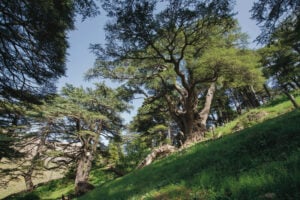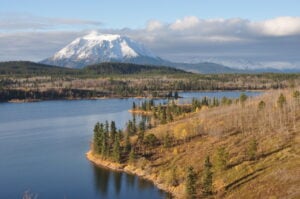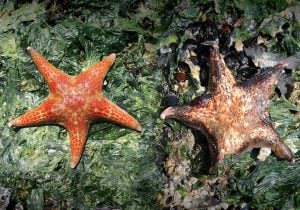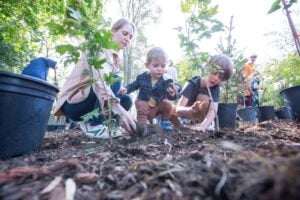
Environment
The importance of forests for our survival
An in-depth look at how trees work to keep us alive and the value of old-growth forests
- 2431 words
- 10 minutes
Environment

Every summer, thousands of people take to the mountain slopes of British Columbia to plant tree seedlings, restoring forests cut down for commerce. It’s back-breaking, dangerous work, as Bryce Jones learned during his summer of tree planting in 2013. The experience left him wondering: why hasn’t the technology of tree-planting evolved at the same pace as the technology of tree-cutting?
“Humans plant trees without any technology but shovels, and that hasn’t changed since the origin of tree planting,” he says. Yet the need for rapid reforestation has never been greater: last year, the CBC reported that B.C. will have to plant an estimated 48 million more trees in 2020 than it did in 2019 to restore areas lost to record-breaking wildfires. And according to a 2019 study by a group of European researchers, humanity’s current best hope for avoiding a catastrophic increase in global temperatures is to restore about a billion hectares of forest worldwide for carbon sequestration.
Jones, who has a degree in biology from the University of Victoria and also studied mechatronic engineering, believes drones are the most efficient and economical solution. His company, Toronto-based Flash Forest, has developed a mechanism that will enable a drone to fire specially designed seed pods into the soil at a rate of up to 20,000 trees per day — 10 times faster than a human planter.
A Kickstarter campaign to raise startup capital for Flash Forest went live in November 2019. It was fully funded within 24 hours and has since raised more than $100,000 — more than enough for Jones and his team to purchase the equipment they need to automate seed production. That will drastically reduce the cost per pod, Jones says, and allow Flash Forest to increase the number of trees they can plant. The company has already received huge interest from the forestry sector in Canada and beyond.
“With this, we’re able to scale up the rate of tree-planting so much and reduce the cost so much that we’ll actually be able to change the rate of reforestation and revolutionize the industry,” Jones says.
Are you passionate about Canadian geography?
You can support Canadian Geographic in 3 ways:

Environment
An in-depth look at how trees work to keep us alive and the value of old-growth forests

Environment
Yukon-based ecologists uncover four main patterns influencing changes in Yukon and address how outcomes can be improved

Environment
As the impacts of global warming become increasingly evident, the connections to biodiversity loss are hard to ignore. Can this fall’s two key international climate conferences point us to a nature-positive future?

Environment
Six new mini forests were planted in cities across Canada in 2023 as part of a national pilot project to combat biodiversity loss and create new green spaces in urban areas — and the work is just beginning